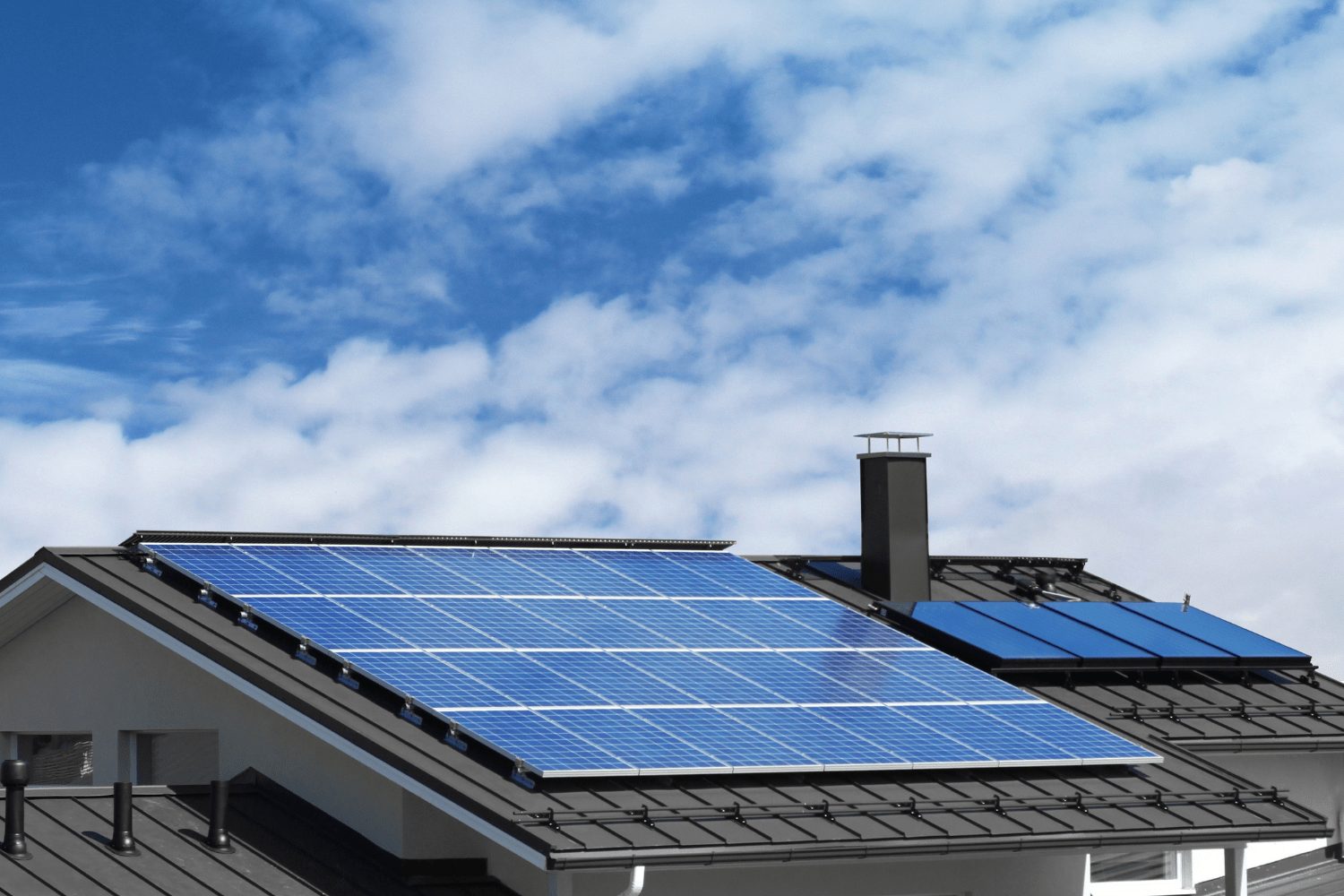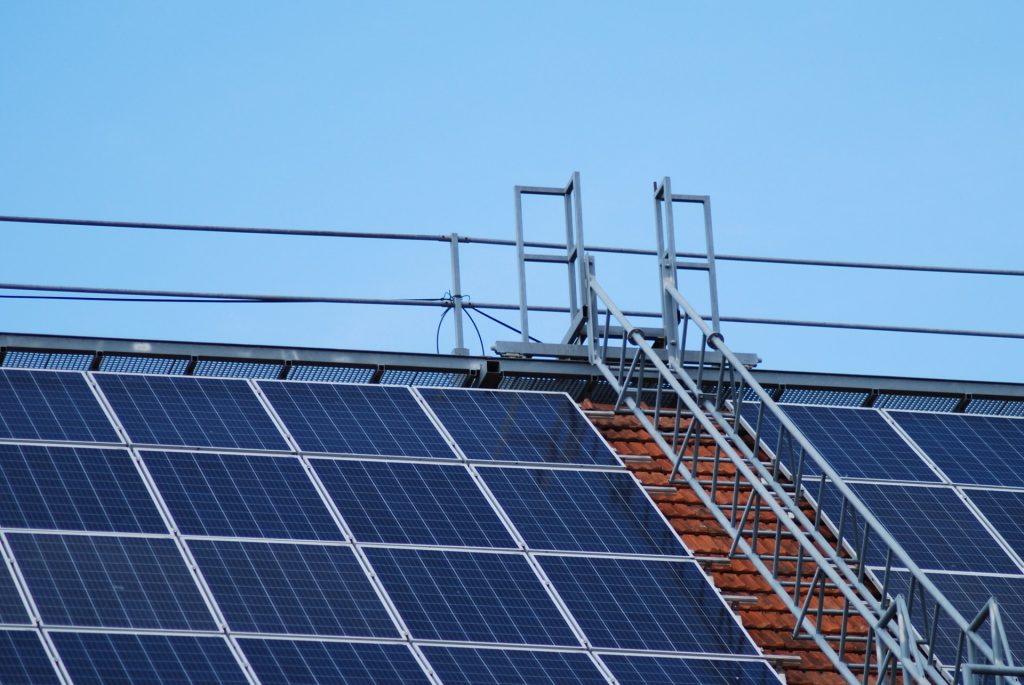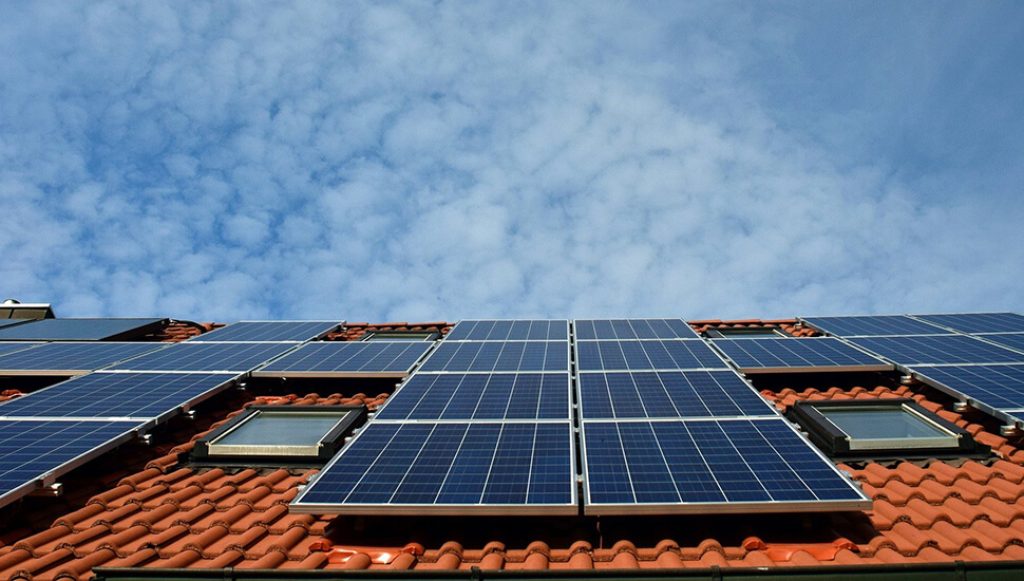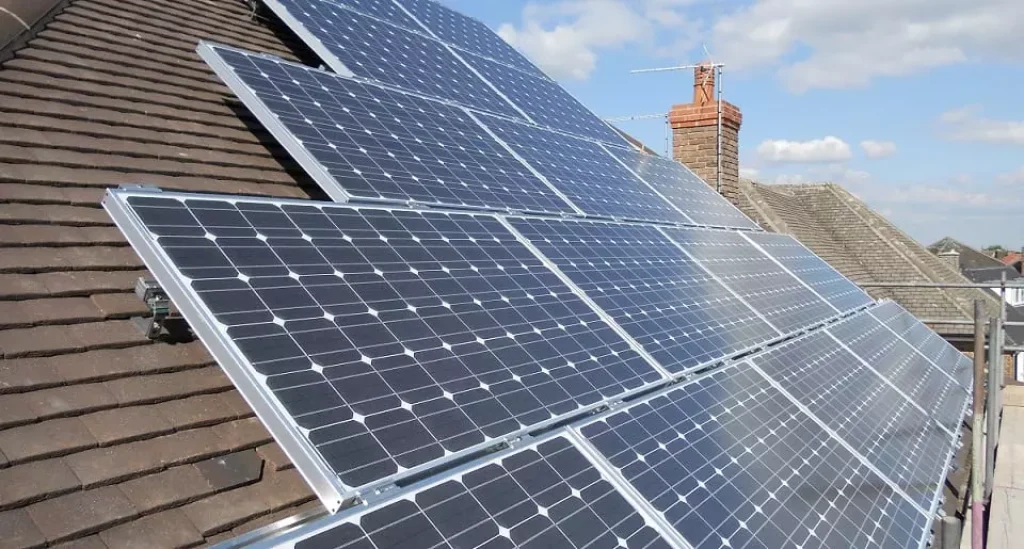
In this cutting-edge era, air pollution is increasing day by day because greenhouse gas emissions are released into the atmosphere. To preserve our environment people can install solar panels, when you use solar panels to create electricity, the sun provides more energy than we’ll ever need, electricity from solar power is a very significant energy source in the move to clean energy production as well as the environment.
A solar cell panel, solar electric panel, photo-voltaic (PV) module or solar panel is a convention of photovoltaic cells ascends in a framework for insertion. Direct current electricity can be generated from solar panels by using sunlight as a source of energy. A collection of PV modules is known as a PV panel, and a system of PV panels is called an array. Arrays of a photovoltaic system generate solar electricity for electrical equipment. There are two types of solar panels first are on-grid and the second is the off-grid solar system.
Table of Contents
An on-grid solar panel system

Source: unsplah.com
The on grid solar system is the one in which a solar power system is attached to the power grid. The surplus power produced is sent to the utility grid and the consumer gets recompense for it. Likewise, when the system generates power, the consumer can bring out electricity from the grid and pay for the units used.
One of the most significant benefits of on-grid is customers do not need to buy a costly battery backup to store surplus energy. This makes on-grid systems more beneficial in residential areas. Businesses also use this system to complete their requirement and earn income from the surplus power producer. However, being connected to the grid means the buyer may have to face power interruption. A customer can use machines like net metering for on-grid systems.
According to the Ministry of New and Renewable Energy, the authorities set the target to install 100 GW grid-attached solar panel systems by the end of 2024. To complete the goal, the Centre has announced the schemes and tackled several policy rates to educate its citizens about the use of solar power systems.
Why individuals should choose on-grid systems?

Source: biznis.rs
- Zero Electricity Bills – therefore, the solar power system is connected to the grid, and the consumer has to pay only for the excess electricity customer consumes. The bill is generated on a monthly basis from whether the buyer has any remittance to be made. However, at the same time, if the customer uses less electricity, the excess is fed back into the grid.
- Easy installation and maintenance – The on-grid solar panel power system has a less number of parts along with simple to install. The removal of batteries makes maintenance quite easy.
- Passive income generation with a connection to the grid, the buyer can charge for the excess electricity they have produced. It not only removes your electricity bills but also assists the cost benefits for the excess electricity produced.
- Solar power has numerous benefits which include depletion in electricity cost and usage. Whereas, there are other kinds of benefits that depend on the types of solar panel system you choose.
As India’s need for electricity continues to grow, the country’s traditional power sources, such as coal, are unable to keep up with the country’s needs. Because of this, interest in renewable energy has increased. With this in mind, a recent study found that almost half of enterprises and residential customers believe that solar power may lead to a bright future.
The leveled cost of electricity for a 1 MW rooftop solar system may be coupled to 250 kilowatt of energy storage with a four-hour backup. By 2024, it is possible to lower the price to Rs 6.6-6.8 per kWh.
It’s cheaper than the grid pricing for the vast majority of C&I customers, and it’s also cheaper than diesel generator power.
The stability of the grid will be significantly impacted by the increased penetration of rooftop solar in the distribution system. Many electric cars will be linked to the low-voltage distribution grid as part of the government’s plan to electrify transportation, placing a significant strain on the infrastructure.
The grid must be flexible and smart in order to accommodate rooftop solar and electric cars. By serving as a load when there is excess generation and as a generator when there is a shortage, energy storage devices will play an important role in providing this flexibility. Stabilizing the grid and smoothing down the solar rooftop production will be the result.
The future of the Indian power industry is expected to be altered by the falling cost of storage systems and rooftop solar solutions. The use of solar electricity with battery storage has previously been supported by a number of nations, including Australia, the United States, and Germany.

Source: naijatechguide.com
Increasing the percentage of renewable energy in India’s power supply by almost three-quarters by 2030 would revolutionize the country’s energy supply and have far-reaching global repercussions in the battle against climate change. These investments are a direct result of Prime Minister Modi’s personal dedication to renewable energy, notably solar power. Even if India fails to fulfill its high goals, the World Bank Group will do everything it can to assist.
Final Words
In India, On-grid solar panel system contains slightly less than 50% of shares in the Indian Solar panel system market compared to the off-grid solar power system. That shows the extent and importance of the on-grid solar power system. And LoomSolar, a multi-award-winning solar panel manufacturer offers the best installation services for the on-grid solar power systems.
For both end users and distributors, rooftop solar with a storage system is a win-win (power distribution companies).
Incorporating battery storage into the electrical system may be accomplished in two ways. On a utility scale, the battery system is linked to the distribution and/or transmission network, therefore ensuring grid security. It’s known as “front-of-the-meter application” or “stationary storage” on a big scale (MWh).
Other than providing back-up during power outages or storing surplus energy produced by solar rooftop photovoltaic (PV) systems, the other approach is used at the household and commercial / industrial level.







